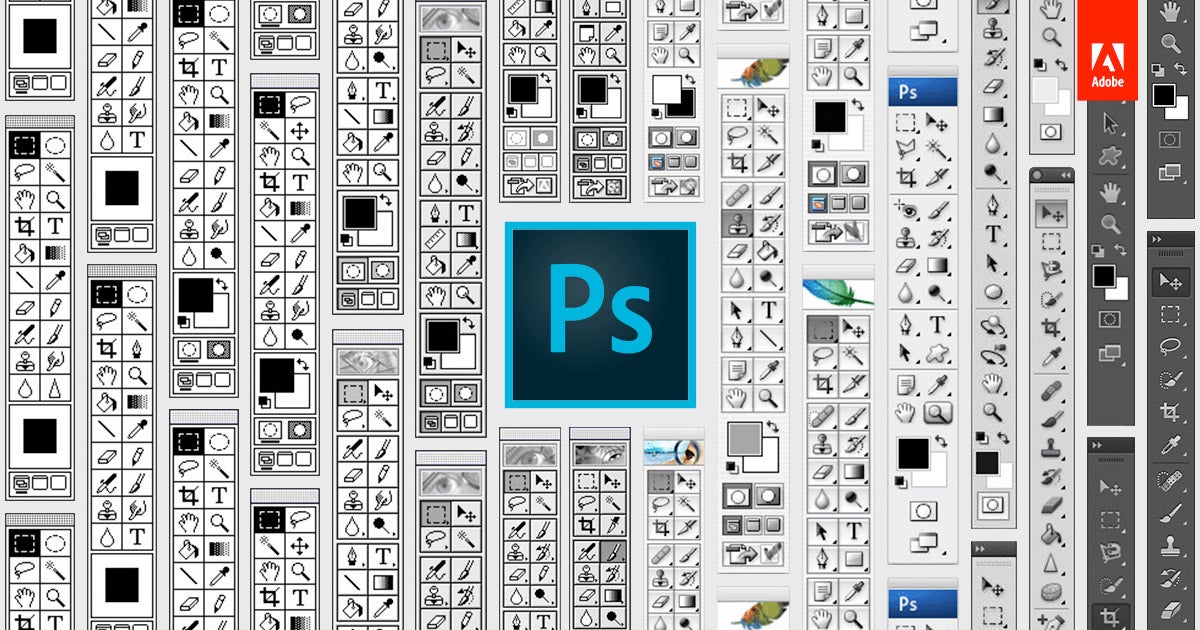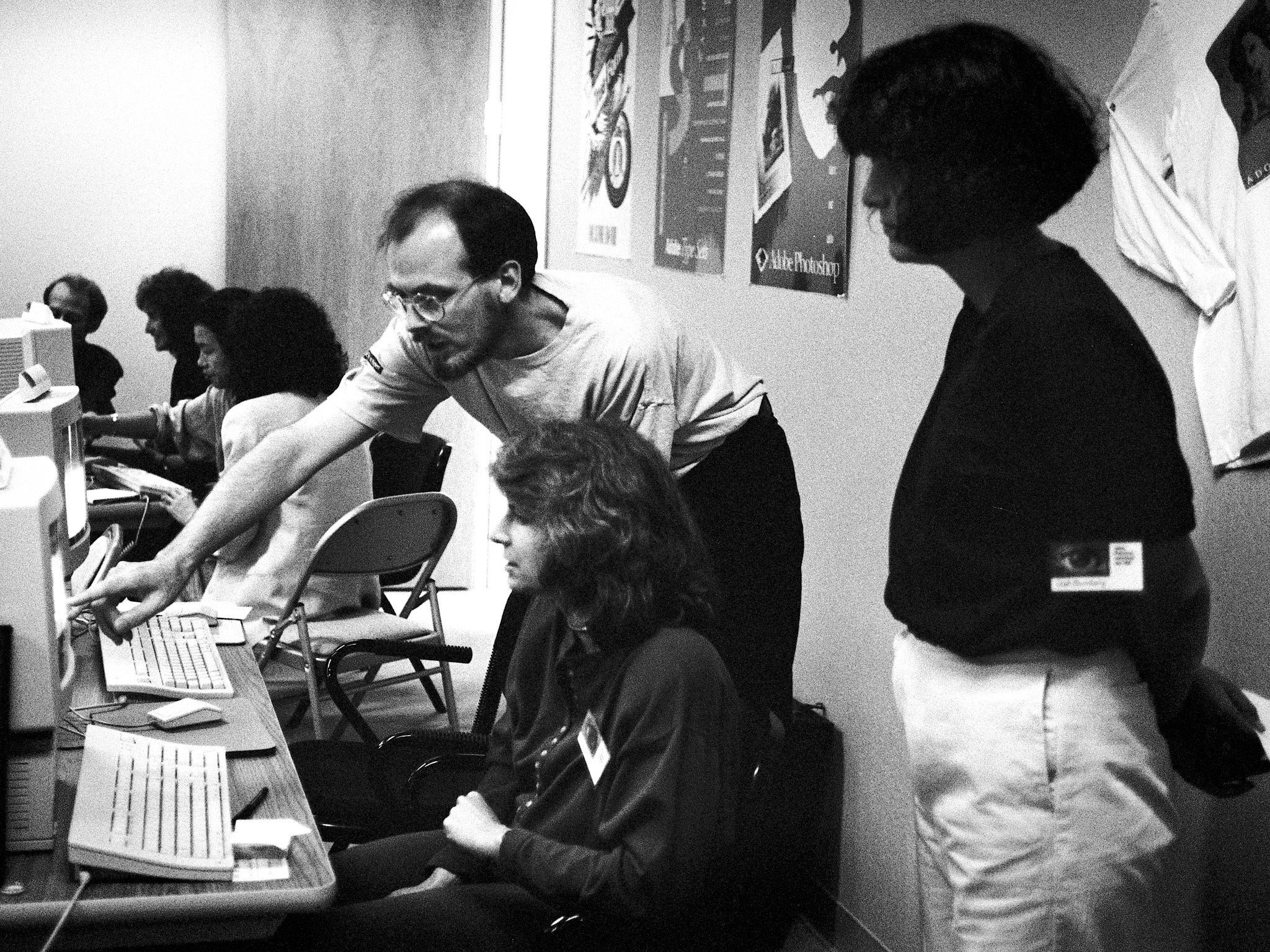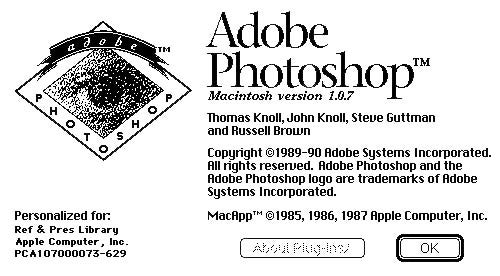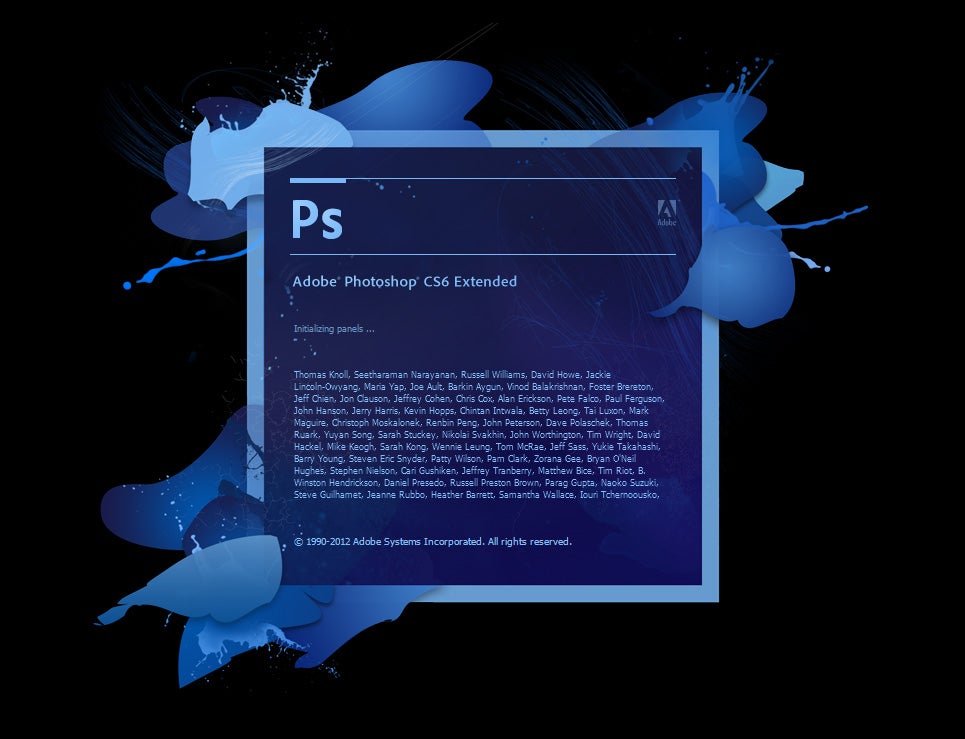The Independent's journalism is supported by our readers. When you purchase through links on our site, we may earn commission.
Adobe Photoshop turns 25: how it created, and questioned, the world's most iconic images
In the last 25 years, Photoshop helped create a whole industry of amazing — sometimes too amazing — photographers. Where will it be in the next 25 years?

Your support helps us to tell the story
From reproductive rights to climate change to Big Tech, The Independent is on the ground when the story is developing. Whether it's investigating the financials of Elon Musk's pro-Trump PAC or producing our latest documentary, 'The A Word', which shines a light on the American women fighting for reproductive rights, we know how important it is to parse out the facts from the messaging.
At such a critical moment in US history, we need reporters on the ground. Your donation allows us to keep sending journalists to speak to both sides of the story.
The Independent is trusted by Americans across the entire political spectrum. And unlike many other quality news outlets, we choose not to lock Americans out of our reporting and analysis with paywalls. We believe quality journalism should be available to everyone, paid for by those who can afford it.
Your support makes all the difference.It’s a rare and risky thing to become a verb. It means becoming so ubiquitous that you seep into the culture — often picking up its worst traits as well as its best.
Like Google and other companies, Photoshop has become one of those verbs. As well as being Adobe’s digital image editing tool, which turns 25 today, it’s also become an entire industry.
It has helped make films — Terminator 2 might not have been made without the software, for instance — and made a whole army of photographers adept at perfecting images.
But as it has taken over our visual culture — being used to make logos, trainers, and practically everything we use, as well as the most important films and images — it has picked up its controversies. Photoshop has changed the meaning of photos entirely — and, sometimes, its critics would say for the worst.
Famous Photoshop images tend to travel around the world before their fakery can be exposed. A man supposedly standing on top of the World Trade Center as a plane crashes into it, Steven Seagal putting bunny ears over Vladimir Putin's head, a Buddha carved into a huge mountain — all have been shared around the internet as amazing, unbelievable images.

Sometimes they're used for satirical effect — as in the famous picture of Tony Blair taking a selfie while Iraq burns behind him, or the picture of CCTV cameras supposedly outside of George Orwell's house. Sometimes they're just for jokes, or the fun of catching people out. As with most things on the internet, if they look too good to be true, they probably are.
About 20 per cent of photos in this year’s World Press Photo competition were excluded by judges “because of excessive — and sometimes blatant — post-processing”, according to the New York Times.
“Many of us have been thinking for a while about how we still refer to traditional darkroom techniques as providing suitable guidelines for what’s acceptable in digital image processing,” wrote Michele McNally, the jury chairwoman of the 2015 World Press Photo contest, in a blogpost for the NYT. But as we learned last week, digital is not film, it is data — and it requires a new and clear set of rules.”
Manipulative manipulation
While some were disqualified for being sloppy in their manipulation, others were more secretive about their work — darkening certain things to exclude them from the picture, such that they were unrecognisable from the original image.

“Many of the images we had to disqualify were pictures we all believed in and which we all might have published. But to blatantly add, move around or remove elements of a picture concerns us all, leaving many in the jury to feel we were being cheated, that they were being lied to.”
In that way, Photoshop could be said to have brought a huge change in the way that people view photos. They’re no longer as much a record of what happened — though they probably started that way — but instead are a record of a long process, much of which was created through post-production on a computer. But that is perhaps giving Photoshop too much credit.
“People were altering photographs for 100 years before Photoshop came along,” says Winston Hendrickson, vice president of products for Adobe’s digital imaging arm, which includes Photoshop.

“They did it for a variety of reasons that were fairly similar. In some case they were compensating for the technology — your eyes can see twice as much light as a camera, and in early days films were overly sensitive to blues. So you could use these techniques to compensate for that.
“Or they used it as a way to make a statement with images. Sometimes that statement was explicit; sometimes there was subterfuge.”
But the kind of cynicism about Photoshopped images — the scepticism that powered the self-righteousness of American blog Jezebel when it offered a huge reward for untouched pictures of Lena Dunham — just reminds us not to place too much trust in images, Hendrickson says.
“Images have not been inviolate since the beginning of the film camera,” he says. “We have placed too much trust in: if it’s there, it’s real.”
And it is only the flipside of the kinds of self-expression and magic that Photoshop has allowed.
Shopping Photoshop
Photoshop was founded by two brothers , Thomas and John Knoll. Thomas was a PhD student at the University of Michigan, who made a program that could show grayscale images on a black and white display. It caught the eye of John, who was working at George Lucas’s visual effects company Industrial Lights and Magic, and encouraged his brother to build it out into a full application.
Hendrickson points to that beginning as an important demonstration of what the company’s about — a collaboration between an artist and engineer. “We’ve maintained that virtuous relationship between the two,” he says.
The brothers tried to sell the early Photoshop around Silicon Valley — and didn’t have much success. Computers were still having trouble handling just one digital image, let alone manipulating many at once, and so it was hard to see the point of software built in large part to do just that. But they went to Adobe, and the company decided in 15 minutes that they would license the software, in 1988. The company shipped its first version two years later.

“Adobe thought we’d sell about 500 copies of Photoshop a month,” says Thomas Knoll, Adobe Fellow and Photoshop co-creator. “Not in my wildest dreams did we think creatives would embrace the product in the numbers and ways they have.
"It’s inspiring to see the beautiful images our customers create, the careers Photoshop has launched and the new uses people, all over the world, find for Photoshop every day.”
The capabilities of Photoshop quickly expanded. It began as the most simple controls that are now built in to basic imaging software — brightness, contrast, exposure, and so on.


In version 3, released in 1994, it allowed for compositing and users could build up one image out of a number of layers. Since then, that has become perhaps the defining feature of the software, allowing for different images to be stuck together.
Web features came in the late 1990s. They were followed by 3D features around 2007 — and Photoshop started moving into the real world.
In the years since, the company has moved all of its products into the cloud. The cloud is just one of the many developments that Adobe sees driving Photoshop and its other products over the coming years — 3D printing will probably have its own part to play, too.
The Creative Cloud products allow users to work across a range of computers — and Hendrickson sees the company moving that way more and more, allowing users to stop working on one device and start working on another.
No more professionals
“Once a pro gets into a situation where you realise that you can work any place you are, it’s hard to look back at the old world and think, ‘I had to go back and find a laptop or a desktop’,” says Hendrickson. Now, users can take photos and they’re immediately sent elsewhere — to a photographer directing a photoshoot from afar, for instance, or to an editorial team that can decide which pictures it’s going to buy instantly.
And it’s not just professionals, any more. Adobe estimates that about 100 million have used a version of Photoshop — and about half of them aren’t professionals.
“Technology is democratising in such a huge way that you used to have to be a dedicated pro, you used to have to spend countless hours,” says Hendrickson. “But now these sophisticated technologies are available in the palm of your hand.”
Hendrickson compares the advances to Uber. For users, they press a button and a cab arrives to take them to their destination. But beneath that app lies layers and layers of technology — mapping tools, a fleet of cars, innovative ways of directing drivers.
That’s helping Photoshop and other software make more and more people into artists.
“I think all of us were born with an artistic streak, and it gets beaten out of us,” says Hendrickson. “But now technology has now allowed more people than ever before to be artistic.
“And content begets content. The more content that’s getting produced, the more comes out.”
Join our commenting forum
Join thought-provoking conversations, follow other Independent readers and see their replies
Comments